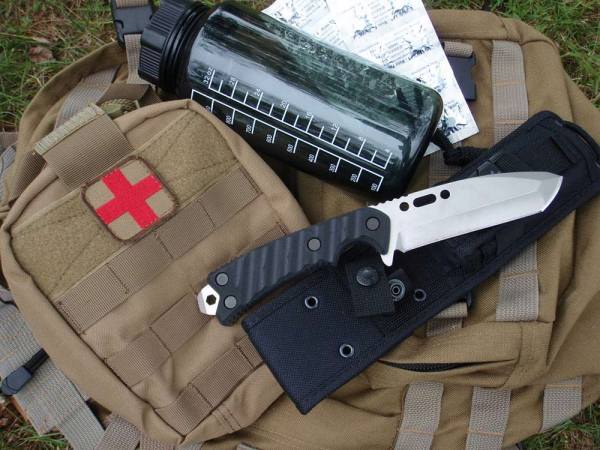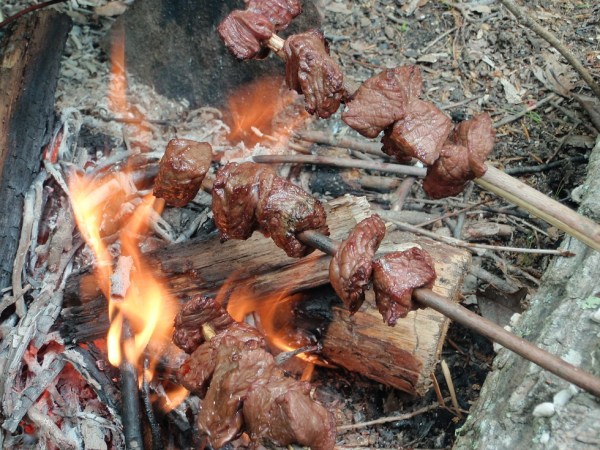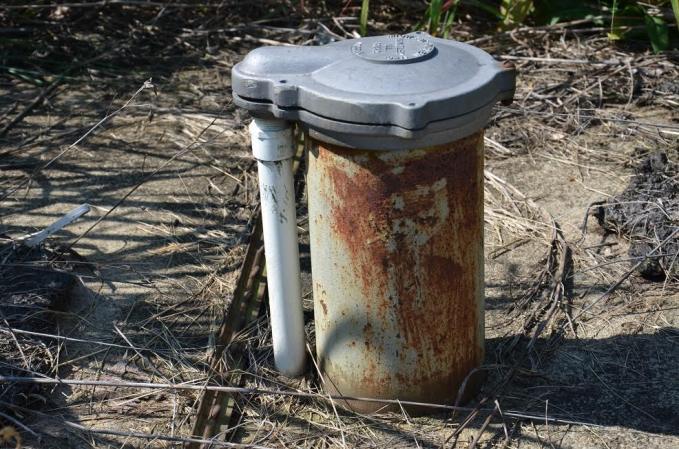You never know just how much you need water—until you don’t have any to drink. But thankfully there are sources of surface water in most locations on earth, and methods of disinfecting it that don’t involve special equipment such as chemicals or store-bought filters. Say you get caught without your gear, but you are able to find a few pieces of trash or an old water bottle. You can use these three methods to make the raw water much safer to drink.
DIRECT BOILING
Let’s tackle the worst one first. With a bit of wire, you can dangle a plastic water bottle over a fire and usually get it hot enough to boil (or at least pasteurize) the water. Of course, this method leaches all kinds of toxic and nasty tasting chemicals into the water. But in an area with life-threatening pathogens in the water, I’ll take my chances with the plastic toxins.
IN-BOTTLE BOILING
If you can’t put the bottle over the fire, you can put the fire in the bottle—or more correctly, put hot stones in a wide-mouthed bottle of water. Many water bottles developed for the outdoor sports industry are made from impact-resistant and heat-resistant Lexan plastic. While you shouldn’t put your Lexan plastic bottle over a fire to boil water, you can put the heat of a fire inside the bottle using hot stones.
STEP 1: Collect about 2 dozen small stones from a dry location, making sure that each one will fit into the water bottle easily.
STEP 2: Heat the stones in your fire for 30 minutes, and make some wooden tongs to drop small, hot stones in the bottle of water, one at a time.
STEP 3: Use the tongs to replace the stones, one at a time. Each stone will impart heat into the water, which will get it boiling and keep it boiling. Keep one stone at a time in the water, until 10 minutes of boiling have passed.
SOLIDS
If you have a clear plastic bottle, some clear water, and a sunny day, you can use the sun’s light to make your water much safer to drink. Largely advocated for developing countries, solar water disinfection (aka SOLDIS) is gaining traction in the survival-skills crowd; and it’s a great fit for equatorial countries with abundant strong sunlight but few other resources. The most common solar disinfection technique is to expose clear plastic bottles full of questionable water to the sun for a minimum of one day. The sun’s abundant UV light kills or damages almost all biological hazards in the water. There are some problems, though. You need sunny weather (or two days of overcast sky) to reach the maximum effectiveness. You cannot use it in rainy weather. It offers no residual disinfection. It may be less effective against bacterial spores and cyst stages of some parasites. Both the water and the bottle need to be very clear. And finally, it only works with bottles that are 2 liters or smaller. While solar disinfection isn’t 100 percent effective, it’s still a lot better than taking your chances by drinking raw water.
Which of these would you be willing to put to the test? Let us know by leaving a comment.
















